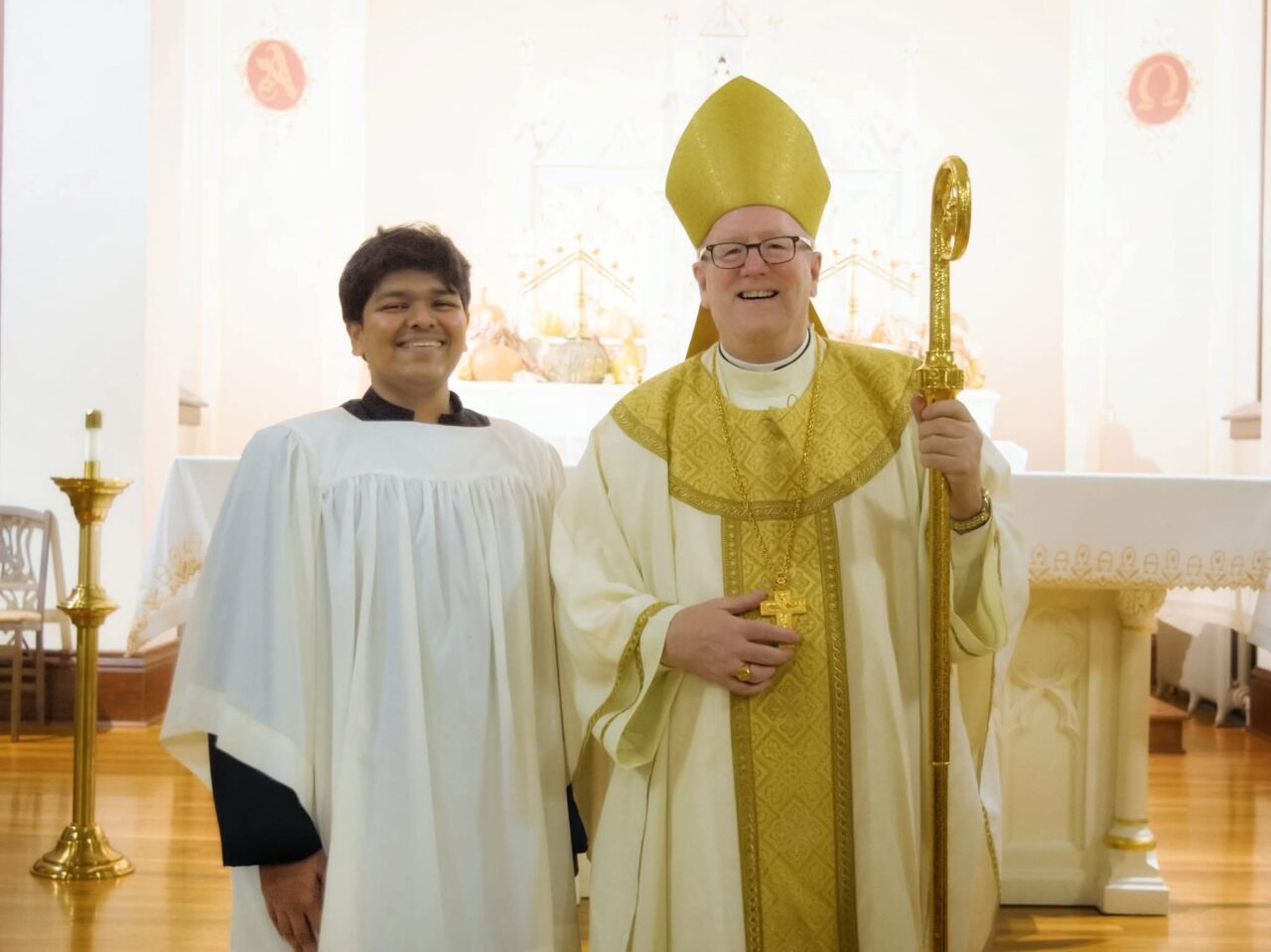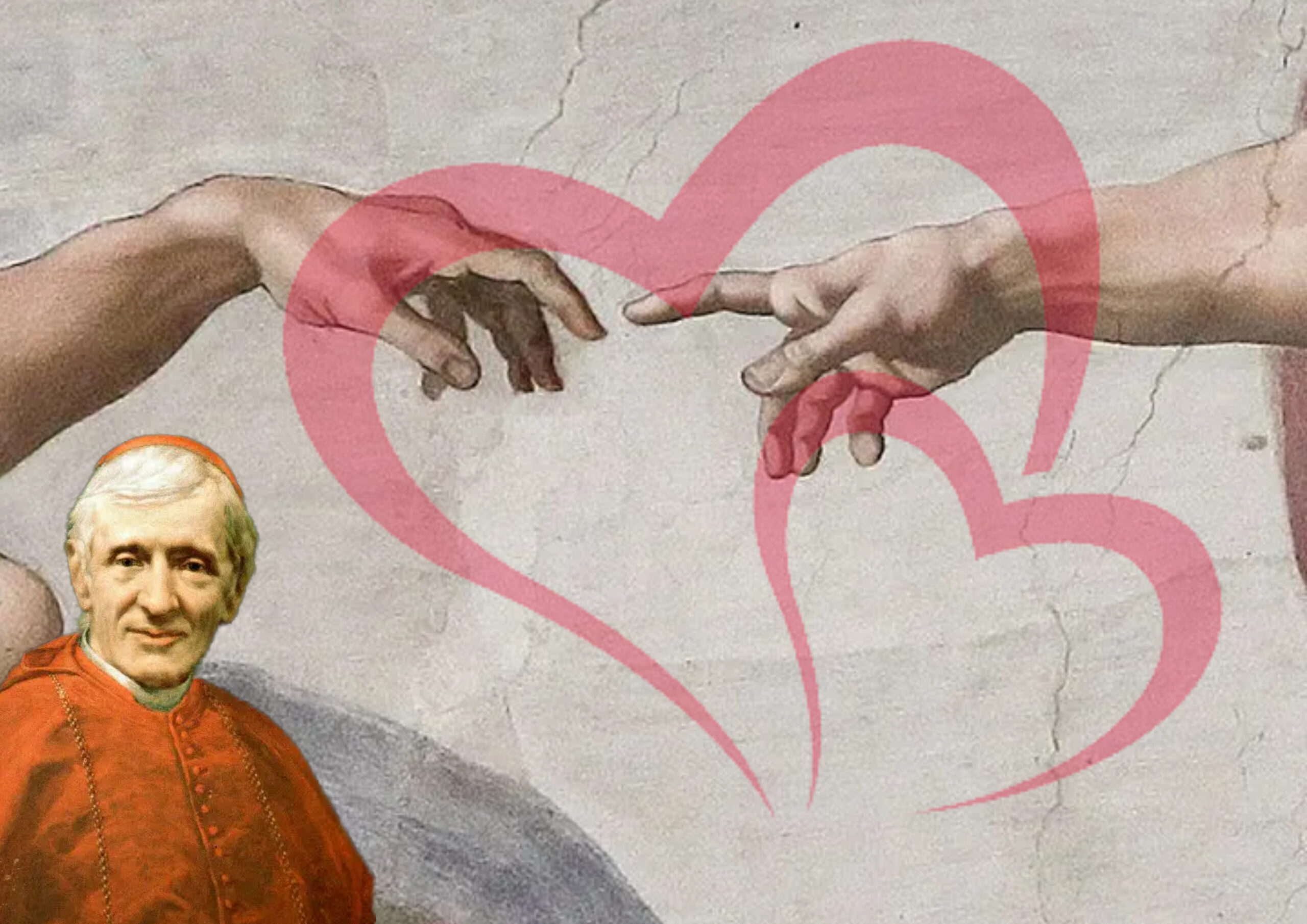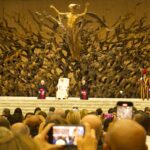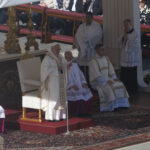Casting the Net the Newman Way: The New Evangelisation through the Mind and Heart of Cardinal John Henry Newman
When Pope Leo XIV announced his intention to declare Cardinal John Henry Newman a Doctor of the Church, the Church seemed to pause—not to look backward, but forward. It was not a nostalgic recognition of a Victorian theologian, but a prophetic affirmation: that Newman’s luminous intellect and tender faith are precisely what the New Evangelisation requires in our fractured modern age. In Newman, the Church finds a bridge between faith and reason, doctrine and life, mind and heart. He is a guide for those who must once again “cast the net” into the deep waters of an unbelieving world (cf. Lk 5:4).
Newman the Preacher: The Heart’s Voice to the Heart
Newman was first and foremost a preacher—one who understood that the Gospel must pass through the heart to reach the mind. His sermons, delivered with the stillness of one conscious of eternity, were never theatrical. They were luminous with interior conviction. Newman spoke as one who had wrestled with doubt and emerged with faith refined in fire. He believed that preaching was not mere instruction but encounter—a place where the Word of God meets the drama of human existence.
His motto, Cor ad cor loquitur—“Heart speaks unto heart”—reveals the essence of evangelisation. In an age awash with rhetoric and ideology, Newman’s preaching remains revolutionary: it does not argue people into belief; it awakens the sleeping conscience. In this, he anticipates the New Evangelisation, which must be less about strategies and more about sanctity—less noise, more light.
“The truth that sets us free cannot be kept to ourselves; it begs to be heard, and in the end its convincing power comes from itself and not from the human eloquence or arguments in which it may be couched.”
This insight captures the essence of Newman’s preaching: that truth, when lived and loved, possesses its own radiance. The evangeliser is not the master of truth but its servant, bearing witness to its inherent splendour through a life of integrity and holiness.
Newman the Teacher of Living Theology
To Newman, theology was not a sterile academic pursuit but a living symphony of truth resounding through the Church. He saw that doctrines develop—not in the sense of changing their substance, but in unfolding their depth, as a seed grows into a tree. His Essay on the Development of Christian Doctrine revealed that fidelity to the deposit of faith demands growth, not stagnation.
For the new evangeliser, Newman’s theology is a summons to engage the world intellectually without surrendering to its spirit. His Grammar of Assent speaks with particular force today: belief, he insists, is not irrational, but the highest act of reason enlightened by grace. Here, Newman embodies the very synthesis that Pope Benedict XVI so often urged—the faith that thinks and the reason that believes.
Newman teaches that theology must breathe. It must live in the hearts of the faithful, not remain imprisoned in textbooks. The evangeliser must be, like Newman, both scholar and saint—one who teaches not only from books but from prayer.
Newman the Man of Resilient Hope
The life of Newman is marked by trial. Misunderstood by his peers, distrusted by both Anglicans and Catholics at various times, he endured long seasons of silence and isolation. Yet beneath all this ran a deep current of serene hope. “God knows what He is about,” he wrote, trusting in a providence that often conceals before it reveals.
Such hope is the lifeblood of evangelisation. The New Evangelisation will not be sustained by optimism or enthusiasm alone, but by the steadfast hope that grows from the Cross. Newman’s hope was Eucharistic—rooted in the quiet certainty that Christ is present, even when unseen. For the missionary disciple, Newman’s example is indispensable: to hope amid obscurity, to labour without recognition, to believe that fidelity bears fruit even when the world seems barren.
Newman the Tireless Seeker after Truth
Newman’s life was a pilgrimage toward the fullness of truth. He sought truth with humility and followed it wherever it led, even when it cost him everything familiar. “To live is to change,” he wrote, “and to be perfect is to have changed often.” These words, often misread as a surrender to relativism, in fact express his deep conviction that conversion is the essence of Christian life.
Truth, for Newman, is not an idea but a Person—Christ Himself. The evangeliser, then, must be a lover of truth, willing to walk through the shadows of doubt toward the light of revelation. Newman reminds us that every authentic encounter with truth is transformative; one cannot meet Christ and remain the same.
Why Pope Leo XIV Declares Newman a Doctor of the Church
In declaring Newman a Doctor of the Church, Pope Leo XIV is not merely honouring a theologian of the nineteenth century; he is pointing to a doctor for the twenty-first. Newman’s thought unites the patristic depth of the Fathers with the modern mind’s yearning for coherence. He shows how faith can dwell at ease with intellect, how conscience can be both free and obedient, and how the Church can engage the modern world without losing her soul.
Newman’s teaching on conscience—“the aboriginal Vicar of Christ”—is especially crucial today. In an age where conscience is often reduced to preference, Newman restores its sacred dignity as the interior echo of divine truth. His Idea of a University remains the blueprint for Catholic education: an education that forms not mere specialists, but integrated persons—souls in whom knowledge leads to wisdom and faith blossoms into charity.
Pope Leo XIV sees in Newman a doctor of the New Evangelisation: a saint for thinkers, a theologian for seekers, and a guide for a Church called once more to “speak heart to heart” with a world that has forgotten how to listen.
Casting the Net the Newman Way
To cast the net the Newman way is to evangelise with mind and heart in harmony—to reason deeply, pray fervently, and love truth passionately. It is to see evangelisation not as conquest but as invitation, not as debate but as illumination. Newman calls us to a renewal that begins in conversion and flowers in communion.
In the silence of his Oratory, Newman gazed upon the light of the sanctuary lamp—the symbol of Christ’s enduring presence. From that light he drew the courage to preach, to teach, to hope, and to seek. And from that same light the Church today must draw her strength as she casts her net anew into the deep.
For the heart that burns with the love of Christ will always find a way to speak to another heart. And in that dialogue—cor ad cor loquitur—the world may yet rediscover the truth it has forgotten to seek.












